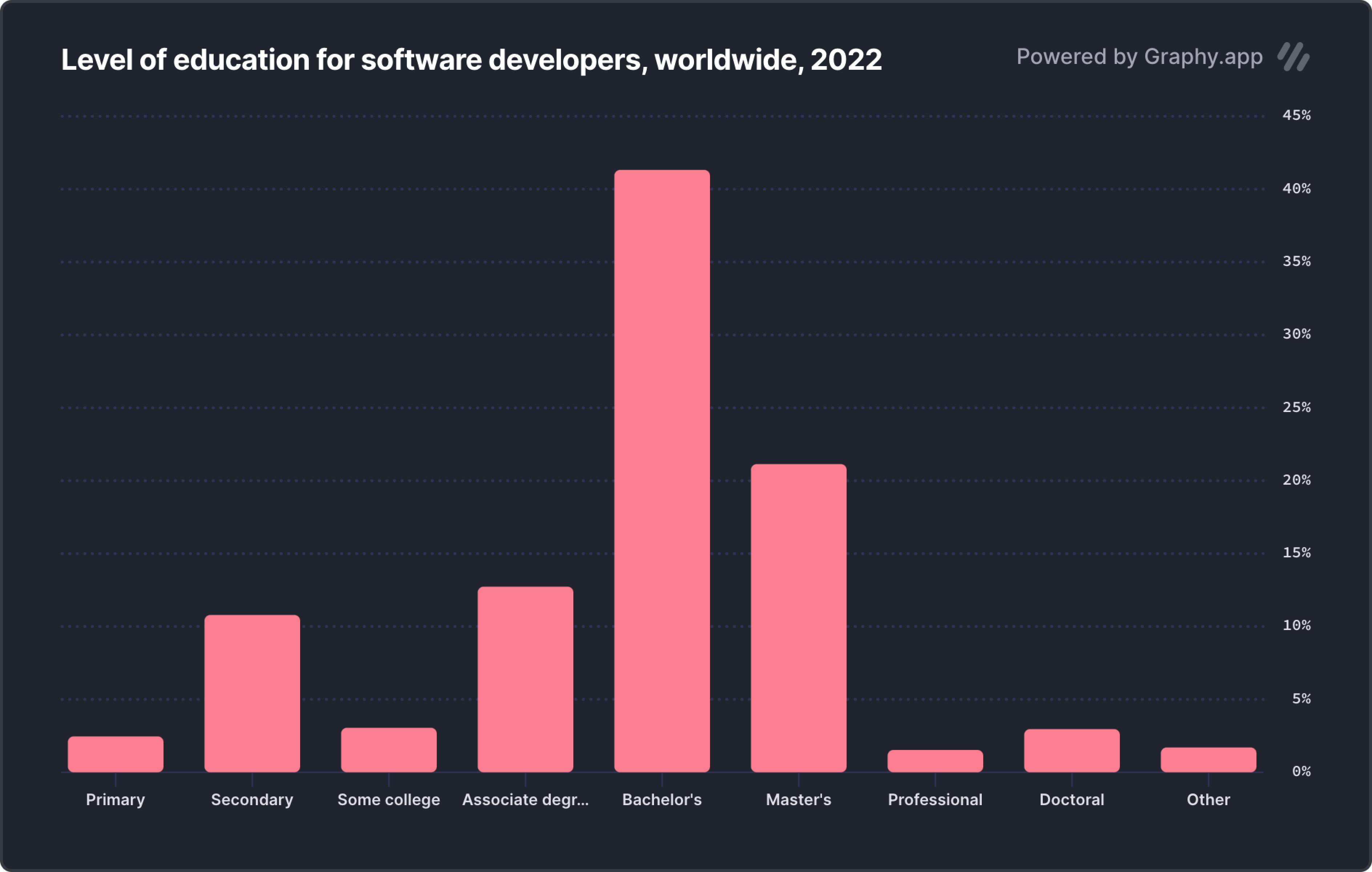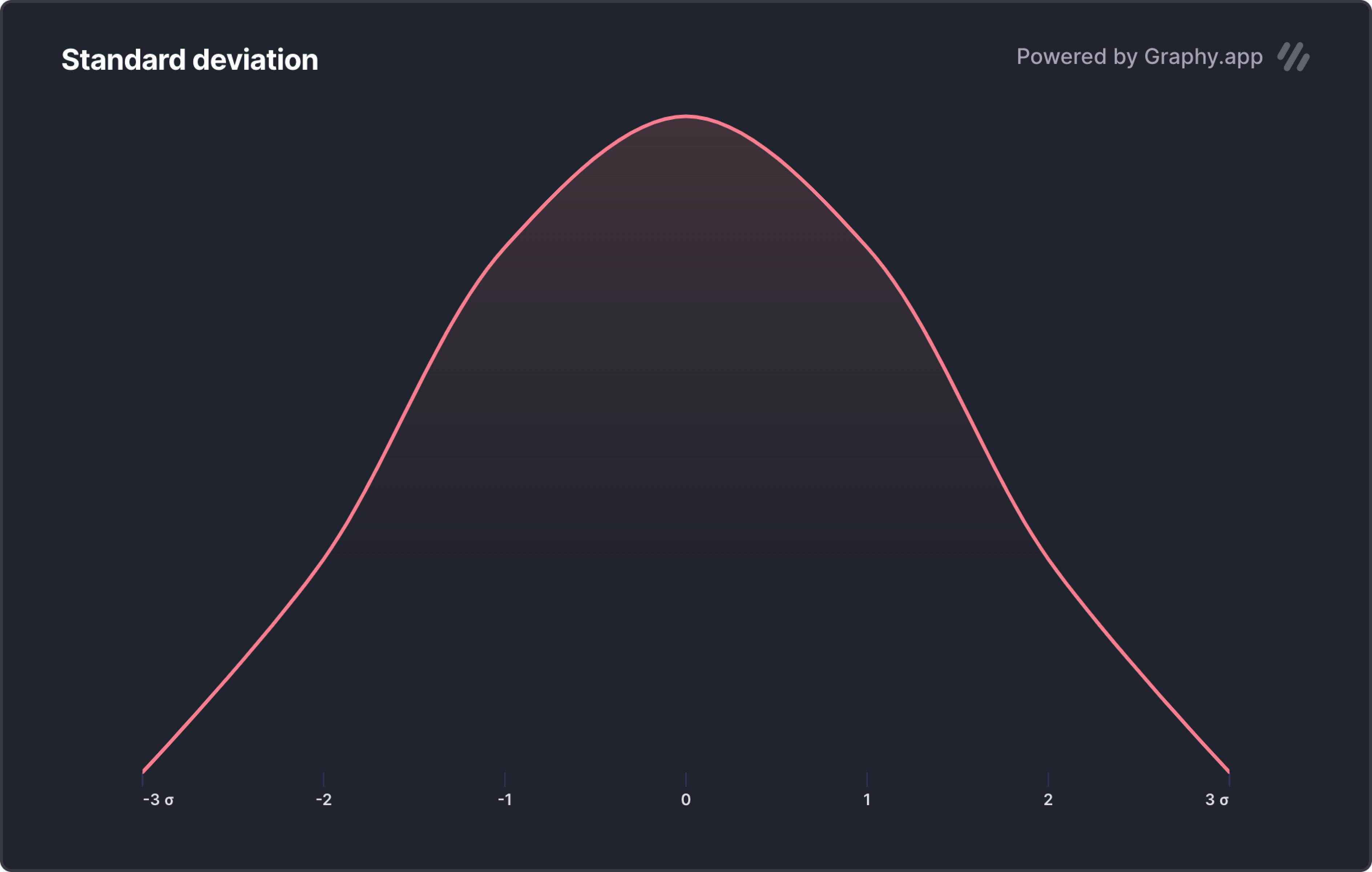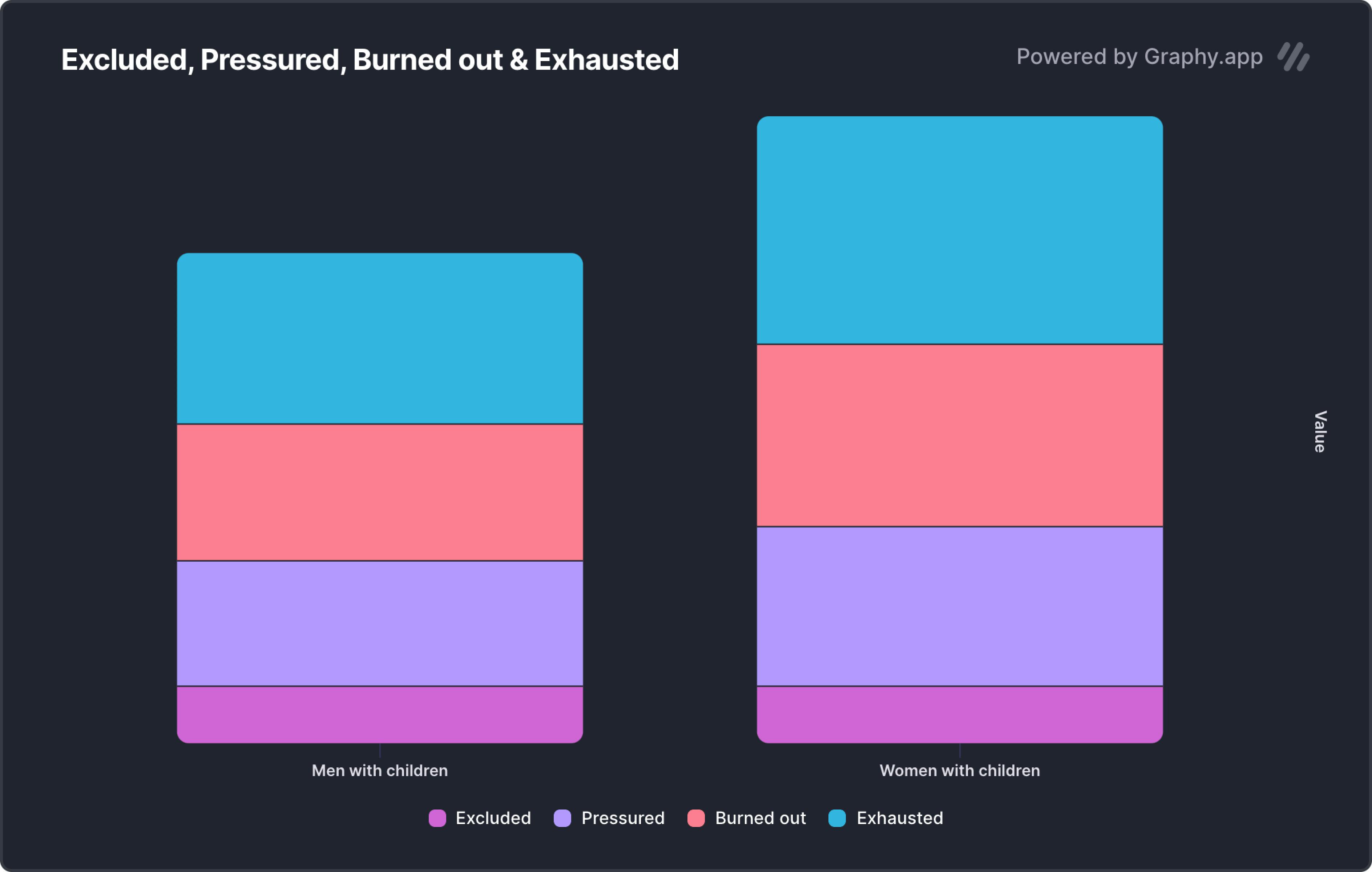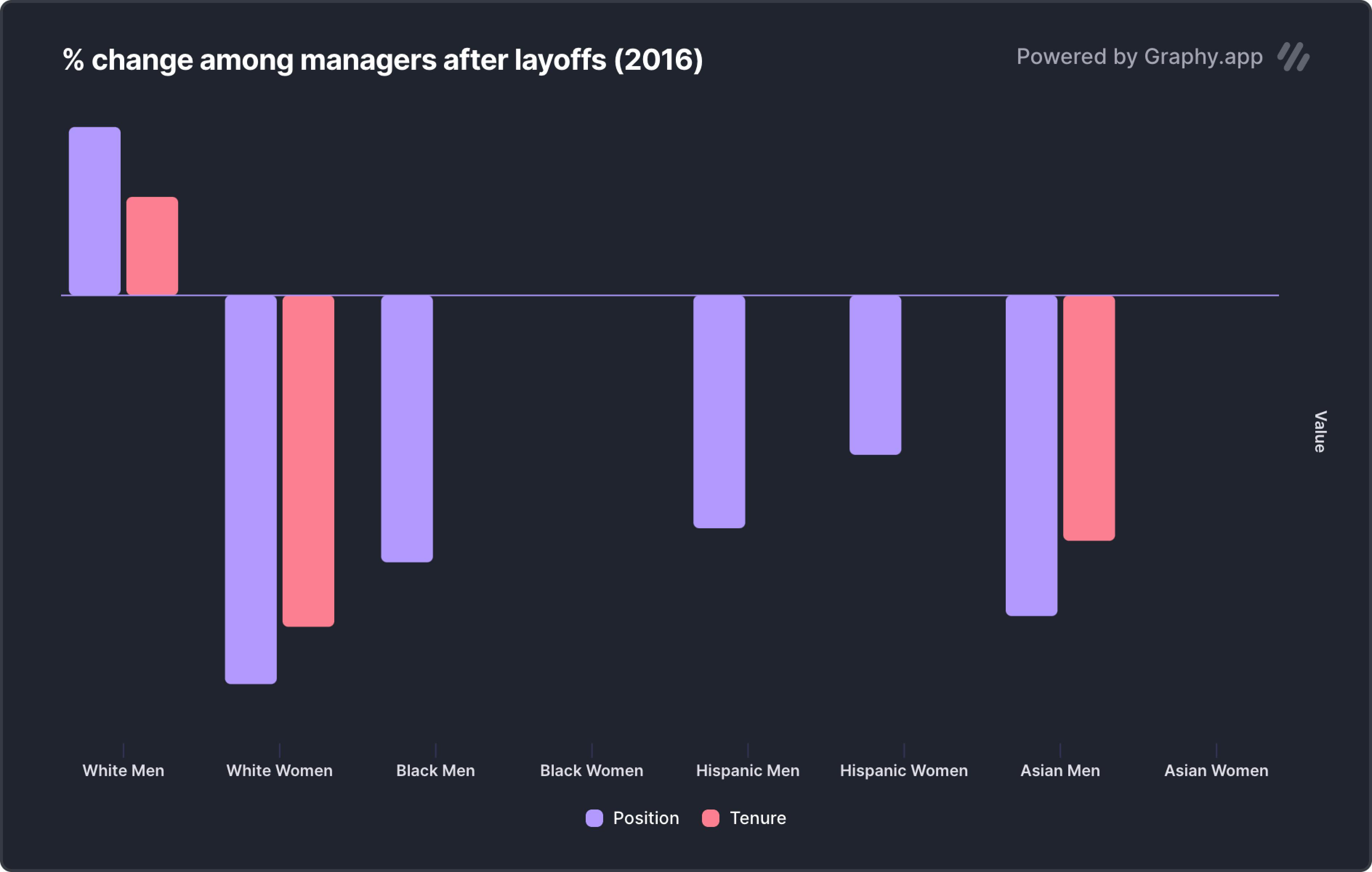Inclusivity should not be W.E.I.R.D: Sparkling long-lasting inclusive technology
Written by
Luis Berumen
Art Direction by
Manoel do Amaral

Technology replicates the biases of its creators.
Technology shines bright lights and casts long shadows. When this spotlight is used correctly, it augments our senses, expands our minds and connects us in pulsating collectives of endless possibilities of what we can achieve.
It is easy to be blinded by the flickering lights of the next innovation. A new version is released every couple of months, better and brighter than the last one, giving us a sense of progress and comfort in small agile increments. Why question our processes if we have come so far in such a short period?
The spectrum of what technology can illuminate is biased by its creators. Historically, some communities and individuals have been relegated to the second plane of existence, the shadow of technology. They go about their lives facing unheard challenges, knowing the available options are not precisely created for them. From non-inclusive terms and lack of representation on images, to straight up tools and systems that don't work for specific groups.
In a world where domination is signalled by user adoption, technology still needs to deliver solutions for everyone. Weird, isn't it?

Historically we have listened only favor only a few Western, Educated, and from Industrialized, Rich, and Democratic Countries.
When things get W.E.I.R.D.
It is estimated that 60% of the psychology and social studies are conducted on University Campuses, and their participants are Western, Educated, and from Industrialized, Rich, and Democratic Countries (W.E.I.R.D.).
Before jumping to conclusions, we must understand that a W.E.I.R.D. population is easy to target in Universities and Research facilities. Their time is abundant, compensation is cheap (if any), and most of the time, the test is conducted by facilitators with similar backgrounds only a few buildings away. (source)
In 2008, a study of over 4,000 articles published over 20 years found that around 95% of behavioral science research subjects come from the U.S.A., Europe, and English-speaking countries like Australia. These countries only comprise about 12% of the world's population, but they are used as a reference by the rest of the world (source).
Although this bias has been well documented for over a decade, we still use most studies without hesitancy about their testing methods and the implementation of their findings. This is very important because the practice of User Experience Design and Research has been heavily inspired by Psychology and Sociology.

It is common to see W.E.I.R.D. companies build W.E.I.R.D. products
People in tech are W.E.I.R.D.
The technology we consume, regulate and enable our lives is created by a small set of people, and the development cycle faces similar biases undetected by its testing process. That is why it is common to see W.E.I.R.D. companies build W.E.I.R.D. products.
In 2021, H.R. Tech Group asked 171 tech employers in B.C. about their gender identity (source).
• 66.6% self-identify as a man
• 33.2% self-identify as a woman
• 0.2% self-identify as non-binary or other
• Women fill 31% of executive-level roles.
At the same time, despite big claims from well-known companies like Apple, I.B.M., Google, and Tesla about ditching having a University Degree as a requirement, the stats tell a different story. In real life, most companies still follow that guideline. Most active software developers worldwide have a bachelor's (41%) or master's degree (21%), even if the degree is from a different field (such as a journalist working as a designer, an economist working as a developer), the barrier of higher education remains.

Level of education for software developers, worldwide, 2022 (source)
Funny enough, the word “University” comes from the Latin “universus,” meaning the “entire” or “the whole.” Still, this high level of education and experience is not universal, and most of the learning material is focused on specialization and standardization. In 2018, Canada ranked first as the most educated country in the world (source), but only 30% of Canadian adults hold a university degree. Learn more. Universities are not universal.
Beyond our jobs, if you look at the authors and publishers on your bookshelf, you will find a similar pattern. Keep looking around. From Design Leaders to Processes & Methods, they all share identical influences and background.
We got comfortable with W.E.I.R.D., but it should not be the norm.

What if the processes we use to create tech products are far from what the user needs?
W.E.I.R.D. product development does not work.
This "weirdness" of individuals affects the product development cycle. According to Clayton Christensen, over 30,000 new products are introduced to store shelves annually, and 95 percent fail. On a similar scale, more than two-thirds of start-ups fail. Is the failure rate normal, or are we just bad at playing this game?
If the product development practice were a baseball player, it would have a batting average of .050. To get an idea, the worst professional baseball payer in history, Bill Bergen (1901 - 1911), had a recorded average of .170.
It sounds like the odds of a product hitting a home run are almost none, yet new start-ups are created daily, big companies kick-start new initiatives, and new product teams get together and swing for the fences. Never questioning our processes seems risky. How often are users placed on the other side of the fence, while many communities and demographics are not invited to the stadium?
I have been in situations where a team in East Europe makes decisions that will impact users in India based on information gathered from German users. It was easy to predict that the product would end up failing. The hardest part is understanding that the people involved were competent professionals who make decisions based on the available information and experience without considering what they lacked. They never had anybody in the room questioning if designing for Germans was a stylistic choice based on other motivations rather than user needs in a completely different continent.
Imagine the room was making a pen exclusively designed for women was conceived. Spoiler alert: they said women were involved. (Learn more)

"Bic for Her," when a pen leaves people speechless.
"Bic for her" sounds like the pitch for an S.N.L. sketch. Check the amazon reviews are 10x funnier. Another stylistic choice with no fundament on user needs.

You cannot help the average user because the average does not exist.
The Greater Good Theory needs to be better.
Investing in products for the average user is a fallacy based on the theory of the greatest good. Investing most of the money in a way that most users benefit is different than striving for the middle ground or the commonplace.
We must question initiatives for digital products and services that address the idea of a population's medium standard variation. We can play safe, most people are not early adopters, and that market most likely already has existing solutions we can learn from and iterate.

Using a standard deviation for decision-making would consciously leave out marginalized people.
Most impactful products go for the long tail of the curve, solving problems for 0.1% at the end of the spectrum. That small population is the critical driver of value and innovation. They used to be the first ones to use zip belts in cars, ask for closed-captioned tv shows or smile at band-aids that match their skin color.
Inclusiveness is the fundamental value proposition of a Blue Ocean Strategy, based on achieving high product differentiation at low cost, which principles are the following:
• Create uncontested market space
• Make the competition irrelevant for a vital segment of the population or user archetype.
• Create and capture new demand
• Break the value-cost trade-off
• Align the whole system of differentiation and low cost.
The opposite of a Blue Ocean Strategy is a Red Ocean Strategy, where large companies fight for hegemony in a highly competitive market with very mature products. E.g., Microsoft launched Teams and killed off their product, Skype for Business.

We have the technology to level the plain field and create shared spaces.
Focusing on co-creation as a strategy
Implementing inclusive co-creation as a strategy might be an excellent way to compensate for biases, but it has its limitations.
You can work hard on bringing a diverse pool of users to test your product and get feedback. Sadly, that feedback stills needs to be prioritized, funded, and implemented by people who might not fully understand it, and they are way too far from the user to empathize with it entirely.
Real impact looks at the full organizational chart. It should be part of a more extensive set of initiatives focused on bringing new voices, broadening perspectives, and bringing light to areas that traditionally had been hidden to roles that do not necessarily get to understand their influence on the user experience, like accounting.
This inclusive co-creation also licenses stakeholders, partners, community members, and subject-matter experts to get involved, learn and provide insights more freely. Sadly still, some companies place their efforts on hiring with D.E.I. in mind as long as they comply with the existing status quo.
Inclusive co-creation is a transformative experience for everyone involved. It implies breaking silos, transforming how a company communicates internally, and challenging “culture fit.”
Co-creation is not, however, the silver bullet for all issues. As Alva Villamil puts in her article: “[you can't] codesign your way to justice. Certain institutions and design ideas are fundamentally oppressive, and the only way to achieve radical transformation at scale is with collective action and policy change.”

Despite many best intentions, people still fall between the cracks.
Progress is slow and fragile.
There always will be external forces that can justify reverting any progress gain. If there was something to learn from the COVID pandemic and the most recent tech layoffs, it is that a crisis has adverse effects on minorities.
During the worst of COVID, one in four women considered leaving the workforce, vs. one in five men. “The pandemic’s gender effect” affected working mothers, women in senior management positions, and Black women the most (source).

Women in the Workplace 2020 (Source)
While the latest tech layoffs are still shocking, most recent numbers disproportionately affect minorities.
A study of more than 800 companies by Harvard Business Review revealed that organizations experience as much as a 22 percent reduction in Black, Hispanic and Asian men on their management teams when they cut positions rather than evaluate individual workers.

Downsizing affects Diversity (source)
The same study shows that when companies take a “last hired, first fired” approach to layoffs, they practically wipe out any DEI progress done in the last couple of years. They lose nearly 19% of their share of white women in management and 14% of their share of Asian men.
In a time when specific communities suffered the most, companies' decisions cut down the individuals that could empathize with them the most and, therefore, serve them better. How do you think this will impact innovation in the long term?

Designing technology has always been about people.
The dawn of a light that casts no shadows
To be inclusive in tech, it's not a matter of apologizing for privileges or providing good optics that fit into a “feel-good” corporate video. Indeed, we can start by acknowledging that our life experiences (assuming fitting the W.E.I.R.D. at least partially) are likely an outlier that does not necessarily reflect the needs, circumstances, and wants of everyone.
Inclusiveness also requires thinking about the long-term implications of our decisions and bringing back implementable ideas we can start today. Thinking in terms of hiring quotas is a fragile solution if we do not have a way to measure performance and revise the mechanisms used to lay off people.
Having a concrete frame of reference helps us to understand where we are falling short or overdoing it. According to the U.S. Census Bureau, 50.5% of the American population is female, and 24.2% of the country is considered part of an under-represented group. Let's look at the leadership roles in Tech companies. Only Netflix is close enough to match the percentages, with 48% of women in senior leadership (source), and 24.9% of minorities in leadership roles (source). Stats help us to see that women at Netflix form 49.6% of its workforce, but 37% work in Tech roles, meaning there is a gap in that department and overrepresentation elsewhere. Other companies are lagging in the double digits.
Wealth in countries should not be measured by the G.D.P. but by the prosperity of your most fragile population. If good fortune, well-being, and health should be the norm, facts like gender, age, or postcodes should not be a factor for people to develop their full potential.
The integration of marginalized individuals and communities brings exponential economic benefits and multigenerational wealth. It also removes shameful barriers to seeing history for what it is: an invitation to be better today.
Inclusive technology is important for the business, the users, and the world. In order to make it long lasting, make no mistake: it needs to start today. Not acting is the only guarantee that we won't succeed.
Regardless of our role, we have to see the world and bring the lenses of restoration and justice to what we are.
As professionals, we need to go beyond just being nice and be comfortable in uncomfortable situations if we want to change the status quo.
As designers, it's imperative we start giving a damn about it in the work we deliver, even if we don't get everything right at first – we need to start somewhere;
But above all, we need to care. Caring is not a glamorous product launch, or an ever growing metric. Care is about being consistent and persistent, finding space to influence and, even if we don't win all the time, increasing our average batting - we can do much better than the 90% of startups that fail. Long-lasting inclusive technology can start today, but changing tomorrow will be an on-going effort.
Works cited
- 6 Design Failures… by Jacquelyn Iyamah
- How the West became WEIRD by Juan Siliezar
- Psychology Is WEIRD by Bethany Brookshire
- The Hidden Biases in WEIRD Psychology Research by SciShow Psych
- HR Tech Group releases 2021 Diversity in Tech Dashboard by HR Tech Group
- Levels of formal education for software developers by Statista
- Most Educated Countries by World Population Review
- The Weirdest people in the world? by Henrich, Heine, Norenzayan
- 95 Percent of New Products Fail by Marc Emmer
- Why Start-ups Fail by Tom Eisenmann
- Bic for Her by David Vinjamuri
- UX designers are suffering from a failure of imagination by Alba Villamil
- The pandemic’s gender effect by McKinsey
- How Layoffs Disproportionately Affect Women and Minorities by Alexandra Kalev
- Tech Company Diversity Stats by TrueUp
- The politics of civility by Amy Remeikis
- Giving a damn about accessibility by Sheri Byrne-Haber, CPACC